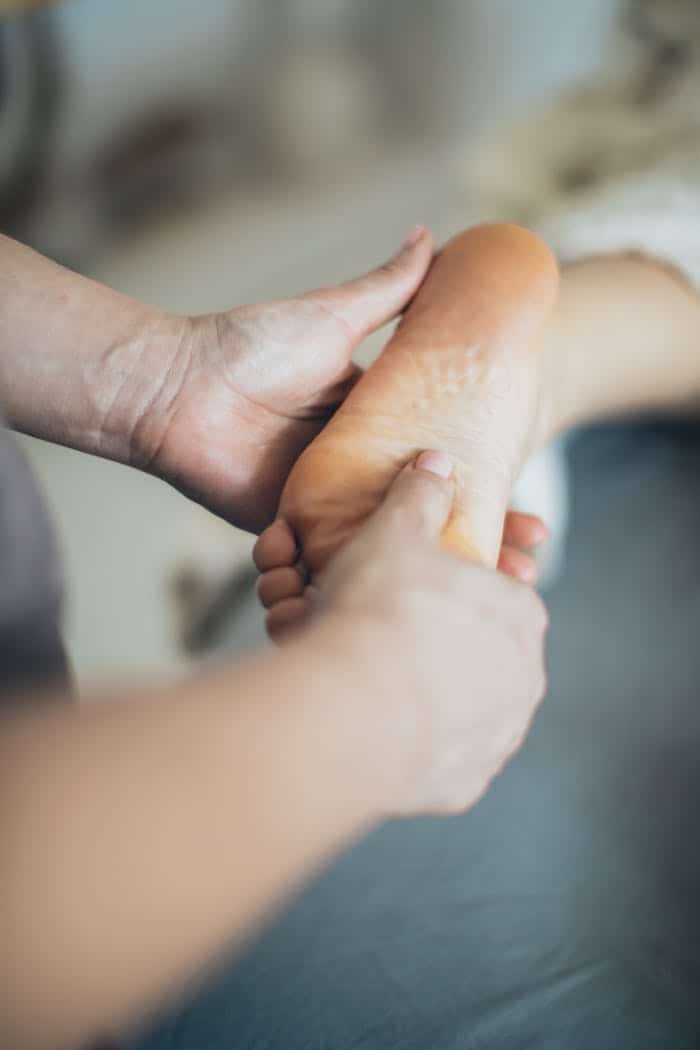For over 15 years our highly trained Physiotherapists have been keeping patients of all ages moving, working, and well. Our central location at Kardinya Commercial Centre has ample onsite free parking and easy access to our modern clinic.
Our central location means we are in close proximity to our clients in the surrounding suburbs of Kardinya, Willagee, Samson, Coolbellup, Winthrop, Bateman, Murdoch, Bibra Lake, Hilton, Hamilton Hill, Myaree, South Lake, Fremantle and Melville.






Our Services
Comprehensive Physiotherapy Solutions for You



News & Updates
Overuse Injuries in Young Athletes (And How to Prevent Them)
Did you know half of all sports-related injuries in teens and children stem from overuse?…
Symptoms and Treatment of Ankle Sprains
Getting an ankle sprain can be painful and depending on the severity of this common…
Treating Plantar Fasciitis – With a High Load Strength Training Program
Plantar Fasciitis is a painful and uncomfortable condition that causes inflammation of connective tissues and is…
Symptoms, Causes & Treatment of Cervicogenic Headaches
Do you remember the times you mentioned to a friend, colleague or family member that…
The Measures We Are Taking to Protect Our Community from Coronavirus
COVID-19 Update I would like to update everyone on our current situation, and want to…




